-
With obstacles to the resumption of freight services
-
Abandonment of rail in favor of other modes of freight transport
-
Shift to storage and road transport
-
Re-routing of ships to foreign ports in the Mediterranean loses public revenue
-
The geographical position of the country in the SE of the European continent is the only reason that it is included in the Trans-European Transport Networks
By Panos Katsachnias
Speaking to an audience in front of the cameras during his tour in Fthiotida on 27/3, Prime Minister Kyriakos Mitsotakis, during his pre-election campaign highlighted that growth had returned to Greece during the days of his own government and declared that “exports are going by train…”.
But how does this really correspond to reality? Two weeks after the “reboot”, practically, very little has changed. The first few rail freight routes between Athens and Thessaloniki were celebrated by a portion of the media, simply because they arrived after a long journey to their destination. However, as far as freight transport and the movement of goods are concerned, the situation of ports, which are pressing for a solution, is increasingly deteriorating. Because “come what may” in any case cannot and should not work.
In order not to pick up the thread of rail transport in Greece since the time of Charilaos Trikoupis, when in 2016 it was a “strategic choice” of all Greek governments to give the port of Piraeus to the Chinese Cosco, we managed as a state and as a society through the deadly railway accident in Tempi on February 28th – that is, eight whole years later – to find through this tragic event that little has improved, in contrast to the abandonment of the Greek railway that intensified, making it in fact non-functional. And with regard to passenger routes with delays, increasing instead of reducing the duration of trips and the abolition of routes, as well as entire networks such as that of the Peloponnese, but also in relation to freight routes, which while privatized the major ports of the country, did not follow the rail connection and proper service, in order to make the most of the increase in the volume of goods that would move, with the logical consequence of increasing revenue for public funds.
The current dire situation of the country’s railway network does not only result from the fact that it caused – after the fatal accident in Tempi – the interruption of passenger and freight services. It is also that in the immediate future, huge capital in time and money will be required again to catch up so that it reaches the levels of a modern European rail network. And we must also take into account the huge European and national funds that have been spent so far in order to be – in the 21st century – at ‘ground zero’.
Currently, in Greece, there is an upsurge in the creation and rental of warehouses. But if the country does not attract international cargo, experts estimate that it will create a bubble that, when it inevitably bursts, will drag prices down and the companies involved in them to a close.
Alternatives and Necessity Solutions
Trade has not stopped working. Maybe just the first two or three days after the accident.
Supply Chain is an area that has learned to be able to make decisions at the last minute, in response to abrupt changes and under pressure. Even the people involved in it do not allow this to happen. Very soon they found alternatives to what they would do. Because the opposite would mean their business death. Of course, the alternatives cost more.
But it is done in other ways and more slowly. There are minor delays, but they are not the ones that trigger the clauses, since in all transport contracts – always depending on the final destination – a tolerance of plus or minus 14 days is provided. However, if this time limit is exceeded, significant amounts are required to be paid.
Beyond that, who will win and who will lose, at the level of the big multinationals involved in this market, ultimately has to do with who has made the best insurance contract with the right predictions in the “fine print”, in the details that the devil hides, on the other hand, they make the difference.
The Commercial Director of the company Piraeus Container Terminal (PCT) SA, a subsidiary of Cosco in Greece, Tasos Vamvakidis, has stated: “Cargoes are not transported, there are orders, the railway network must be reopened because the cost of transporting the subcontracts by truck is too high…”.
The ports of Thessaloniki and Alexandroupolis, except for the days when the railway staff were on strike, were operating routes to the country’s border gates of entry and exit.
Greece has a sufficient number of DX trucks for transport within its territory. The problem lies in the number of lorries that can travel in Europe, due to the specifications for pollutants, which must be Euro 5 and Euro 6.
Road transport at this stage has become very expensive. On the one hand, because the cost of fuel has risen dramatically in the last two years, with the route Athens – Thessaloniki per truck, from 500 euros for fuel today reached at least 750 euros, and on the other hand, because of the sudden increase in demand due to the absence of commercial rail routes, raised prices as expected.
As evidenced by the very events and related revelations that continue to surface, the railroad in Greece was literally abandoned. The question remains whether this was the case because some people around it have been chasing its corpse to win for themselves, or if this was all part of a “strategic choice” to devalue this particular means of transport in Greece for the benefit of the rest.
The Case of Cosco
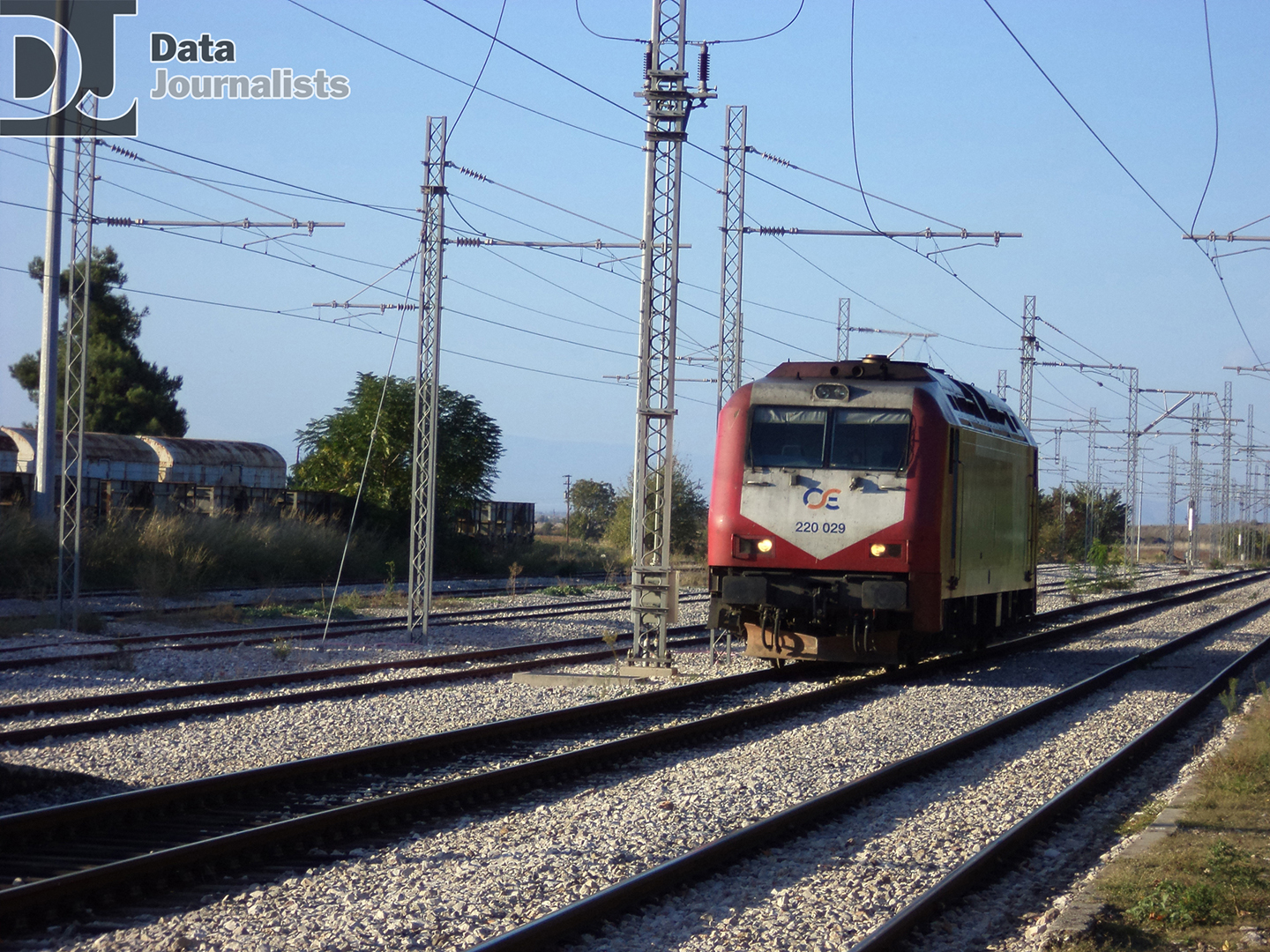
A “strategic option” based on “opening a European port to the Chinese container”, which has strong objections in Europe and the USA, was never completed as it should, have since the Greek state did not ensure the basic transport infrastructure that allows this activity to develop so that ultimately the Greek state to benefit financially from it.
When the revenues for the port of Piraeus do not come from either the Coastal Shipping or the Cruise, but from the Containers, then the state – whoever is the company that manages them – should ensure that it is served by the country’s railway network and the infrastructure for its safe operation.
After all, all businesses – and so does Cosco – at any time, no matter how big or small, can be closed for many reasons. In this case, therefore, the issue is for the Greek state to have a provision for transfers such that business people wish to follow in its place and others after it.
Cosco, in principle, wants to pass the container flows from Piraeus because this is its main port. Of course, when there is a serious problem, a management plan is activated by dispersing its goods to other ports.
It undertakes for its major international customers all the forwarding. That is, “Tell me where you want your merchandise to go and I will take it.” In many cases, it is not just a receptor, but the one that plans the route from China to Europe. Therefore, if the port of Piraeus can not serve, then it will take it to another port of the Mediterranean, in order to serve the service it has offered and for which it has been paid by its customer.
The operation of Cosco in Greece is based on the assumption that the goods are coming to Piraeus to leave directly by rail for the Czech Republic and the company’s central logistics center there.
For these rail transports, Cosco pays very large amounts of money in fees to OSE for the use of its network and infrastructure. Based on the volume of containers handled by the company, it would probably be cheaper to own OSE, since it pays fees.
The interruption of rail freight after the deadly train accident in Tempi on 28 February and their return at lower speeds and frequency on the “next day” of their restart have four main consequences:
- The loss of money, as the rate of movement of products is now slowing.
- The question of their storage.
- Stacking containers at the terminal also creates problems with the safety of its operation.
- The berth of Piraeus does not withstand the long waiting days of such large ships. Thus, offshore are only those ships that know that they will unload, simply with a delay of a few days. If they know from the beginning that they will not unload, they do not even come to Piraeus. They are rerouted to another port. But it doesn’t make sense to wait long because clauses are paid.
The solution is to use a logistics center. Precisely because the volume of merchandise coming in is so great and the one that can leave by rail is so small, businesses – which are also competing with each other – are appearing as a solution, aspiring to gain a large share of the storage pie.
Since the sale of the country’s largest port was a “strategic choice” of all governments, as they have stated at times, it should have been logistically ensured by OSE the possibility of rail transport to the country’s borders, corresponding to the number of goods that comes by sea to the port of N. Ikonio.
Especially when the agreement with the Greek State provides for minimum container clauses and minimum turnover clauses, minimum profit clauses, and investments in the development of the port.
Mr. Dimosthenis Bakopoulos, Lawyer and former Governor of the Public Ports Authority, speaking to Data Journalists, underlines: “It was the country’s obligation, therefore, since we keep the infrastructure state-owned, to ensure that there will be a flow in the transport of containers. And while the relevant assurances were given at that time, when I was present, we did not ensure this. This was the main reason why the Chinese had gone to the HRADF to ask for OSE.” “Judging by today’s data,” continues Bakopoulos, “the purchase of OSE would then cost them cheaper than the situation they are called upon to manage today.”
The problem for a company like Cosco is not storage, it’s distribution. In other words, the company does not win when it stores, but when it moves within the agreed timetable.
Cosco as a company makes its profits from distribution. It transfers, reloads, and transfers again, it collects Port fees – from which the Greek State collects its percentage – it uses the state railway network, from which the Greek State collects large amounts through OSE.
Storage means slowing down the pace of traffic for a company with Cosco’s business and profits for logistics companies.
Storage – because as a Greek state, you do not have the capacity to provide a railway network for the timely transport of goods – is at least a failure of any central planning that has been or has not been done and subsequently implemented. As if we were talking about the aircraft fleet of an airline, which, because they cannot fly at the fault of the state, is nevertheless given the opportunity to be accommodated in hangars. However, by canceling in practice the reason for their existence and depriving the company of its revenues.
Certainly, the contingency planning provides for a storage capacity on the piers, but because the import rate is too high, this capacity is rather limited. According to Bakopoulos, Cosco is “drowning in the port and waiting for the reopening of the railway”. According to the Commercial Director of the company Piraeus Container Terminal (PCT) SA, a subsidiary of Cosco in Greece, Tasos Vamvakidis, on the other hand, “downloads from container motherships to other smaller ships, utilizing ports in the Adriatic, such as that of Trieste”.
Cosco: We have a business plan
The official position of Cosco in the relevant question of Data Journalists after the deadly train accident in Tempi on February 28 is that: “Cosco Shipping Greece, Pearl, and Ocean Rail Logistics have already formed an operational plan to ensure the continuity of smooth operation, despite any inevitable consequences after the accident in Tempi for rail freight transport. The aim is to preserve as far as possible the progress made over the last eight years in the rail freight sector. At this time, however, it is important to give the necessary time to the employees of the industry (OSE and Hellenic Trains), both to mourn for partners and possibly for relatives, to regroup their forces, to cooperate with the respective administrations, but also the Authorities, so that those elements of the safety regulations can be identified, so that accidents and human losses can be avoided in the future.”
They’re stacking containers on the piers
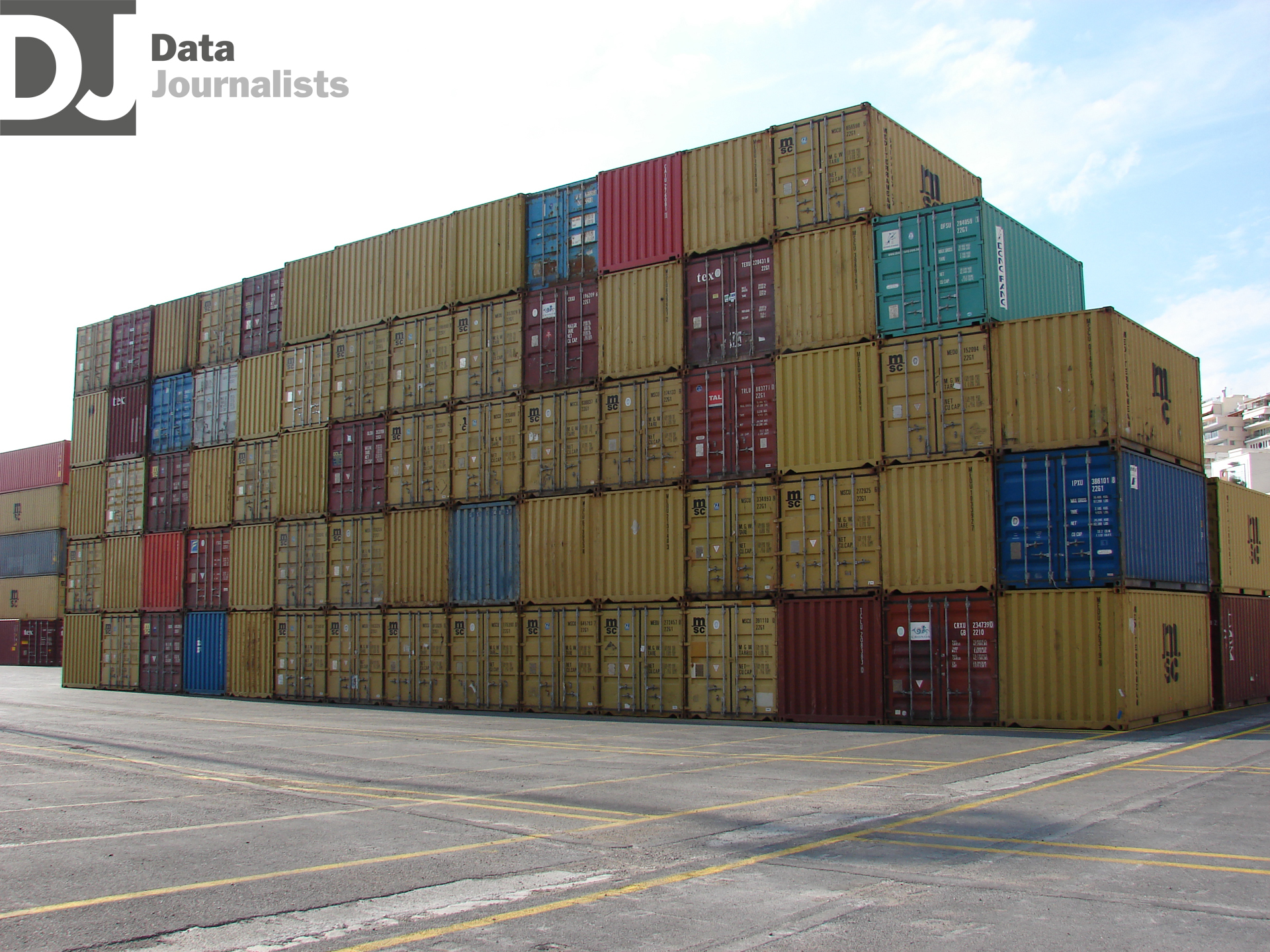
Cosco is currently stacking containers at its docks, waiting for a resumption of rail freight services. In cooperation with the company Diakinisis also has the Piraeus Commodity Management and Distribution Centre (PCDC) SA with a warehouse of 8,000 sq.m. which is the only logistics company established within the Free Customs Zone of Piraeus, but too small to meet its needs.
Just behind the Health Center in Keratsini, Cosco owns the former area of ODDY which is currently not operational, but according to the 2016 Concession Agreement has the potential to build a modern and very large logistic center. The reason this hasn’t happened yet is that Cosco was waiting for the publication of the Presidential Decree that the Master Plan would approve, which happened last December.
One of its announced plans is to create a storage space of 40,000-45,000 sq.m. here, which will communicate with the port via an internal road – possibly through a tunnel. A project that will dramatically increase the storage capacity, but will also offer value-added services. That is, to go there containers that will be opened in order to offer there some value-added work, such as light assembly, labeling, etc.
Cosco has the biggest problem due to cargo volume and large contracts with very large international companies. But also because of the way that the major ports of Greece have been privatized (sale, instead of management), and therefore there is no room for cooperation and synergies between the companies that manage them. As a result, for example, today, it cannot tranship its goods from Piraeus to smaller ships to send them to the port of Thessaloniki, thus covering a long distance and at a relatively small cost, since the port there belongs to a competitive group under Maersk and MSC.
The port of Thessaloniki needs dredging in order to be able to accommodate large motherships, as well as Pier III of N. Ikonio. Therefore, despite the competition, ships of this size go only to Piraeus.
Cosco, which as things stand after the deadly train accident in Tempi, faces the biggest problem with its cargoes, has undertaken to pay all these clauses as Freight Forwarder. Which is expensive, especially when the loads are as high as in its case. Of course, the Freight Forwarders do not assume full responsibility in such cases. They have insurance contracts with the provision: “Solidarity Insurance Liability” and the Customer/Depositor signs a contract that says that “in the event of an unforeseen event, the Solidarity Insurance Liability is displayed”.
So Cosco, under pressure at the moment with the Freight Forwarding it has undertaken, with the clauses it is called upon to pay and with an unknown amount of time, is pressuring the government to return as soon as possible the rail freight transport to normality.
The big players in ports, trains, and warehouses
As far as rail freight is concerned, four major poles have been created so far:
- Cosco will have a warehouse, port, and train (Pearl).
- ETVA, Goldair, Rail Cargo (Austrian OBB Railways) which have warehouse (Thriasio I), train, and logistics.
- Hellenic Train, Copelouzos (Thriasio II), since they are the only ones who have made an offer.
- HIG aims, together with its acquired companies Makios (100%) and Orfeas Veinoglou (80%), to create a single, standard, state-of-the-art logistics and combined transport, tri-modal, in the area of Aspropyrgos in Western Attica with a private port in the Gulf of Eleusis.
The Italian parent company of Hellenic Train (formerly TRAINOSE) operated a very large network of railways in Europe, which it wanted to develop further in the Balkans.
For this operational reason, they needed only the central axis of the Greek railway network, in order to be the end of their Balkan section, transporting for example goods to and from Romania to Greek ports.
The regional development of the railway network seems to have never been a priority for the company. And it is from this network that freight use is favored business over passenger, especially when the state subsidizes the Athens – Thessaloniki route as barren, at 50,000,000 euros per year.
Rail Cargo Logistics interests Goldair (RCLG) based in the Industrial Area of Sindos was operating normally from Thessaloniki to Idomeni given that this network was also working, but also because this company has 4 locomotives and 7 drivers in its capacity. For this reason, there were even discussions to undertake the implementation of routes from Piraeus to Idomeni.
Cosco has sent letters all this time to OSE and Hellenic Train due to the large volume of cargo that has accumulated creating a very big problem. For this reason, in the past, whenever there was a problem with rail freight, with the most famous case of 2016 where refugees and migrants had gathered in a makeshift camp in Idomeni on the railway lines waiting to open the border with North Macedonia, Cosco diversified its ships (which do not even stop at Piraeus), mainly in Adriatic ports, such as Trieste in Italy and Koper in Slovenia. A tactic that is not, of course, the best for the company, but also for the port of Piraeus and, by extension, Greece.
Cosco’s rail company, Pearl actually has a control tower in the commercial port of N. Ikonio. It is in talks to acquire locomotives and drivers, but currently uses Hellenic Train to carry out its transport work.
The five private companies that are licensed:
- Hellenic Train (owned by Ferrovie dello Stato Italiane – FS)
- Rail Cargo Logistics Goldair (owned by Greece’s Goldair and Austria’s OBB railways)
- Pearl (majority shareholder in Cosco’s Ocean Rail Logistics)
- Makios (acquired by HIG)
- GFR Hellas (owned by Grup Feroviar Roman – GFR)
Containers from the major motherships (10,000-14,000 TEUs) arrive in Piraeus, which has the necessary depth to receive them, and the logistical infrastructure to serve them, so that they can be loaded into feeder ships (300-1,000 TEUs) destined for Mediterranean ports, such as Gioia Tauro in Italy, Valencia and Algeciras in Spain, as well as in North Africa.
However, this practice does not solve the problem posed by the lack of rail freight transport, since the accumulation of containers poses too many risks, as fresh and perishable products are handled.
There are Service Level Agreements (SLAs) that don’t allow container deliveries at any time. Because the customer wants the product at the agreed date and time. And that’s why the Freight Forwarder doesn’t care which port he brings it from.
When a link in the chain is broken by not delivering the products to the recipients, this in turn results in problems due to the reduction of stocks (raw materials, finished product, semi-finished) which will then cause problems and delays in production and so on.
The situation has been aggravated for a year by the war in Ukraine, which has forced everyone to stockpile to ensure the smooth flow of production and orders.
Many in Greece did not realize the seriousness and importance of the train. Also, there are too many interests competing all these years in Greece: DX trucks for goods, KTEL for passengers, and airplanes for both.
All the research internationally shows that when we talk about International or Combined transport, the train is a one-way street. The truck carries out the first and last stages of transport. Except in the case of short distances up to 500 km.
Border Crossing is a common practice in Europe. The ability of a train to cross two or three countries to reach its destination. This is not the case for Greek trains, since they have to stop at the border, change the engine, and change the driver, in many cases, we are dealing with different signaling systems, so we had to have the European Railway Traffic Management System (ERTMS) so that trains can run in countries with other systems.
Plan B of the Supply Chain
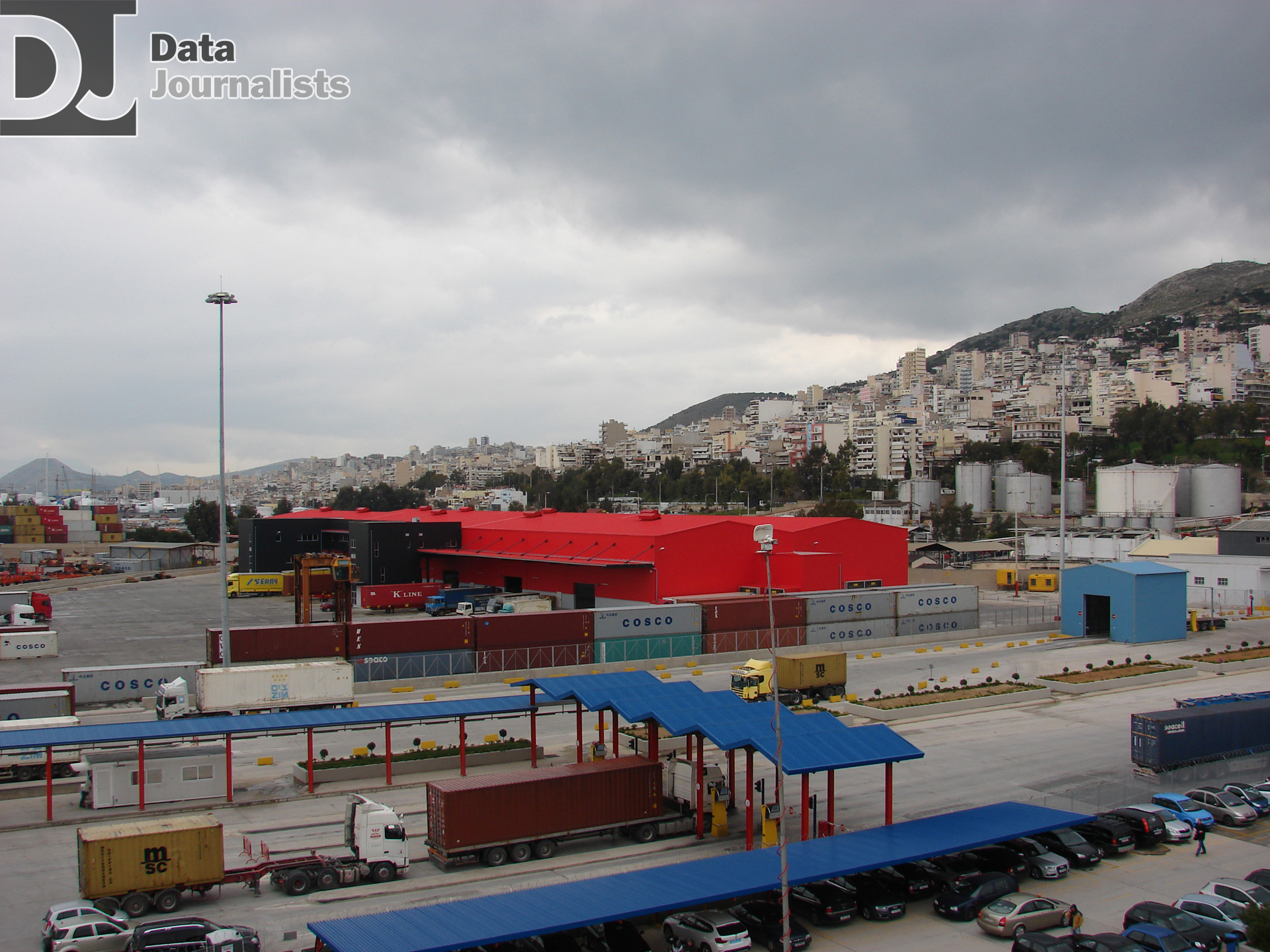
The Supply Chain, for reasons that have to do with the very nature of its object throughout the length and breadth of the Earth, more than any other market, always has a Plan B in its drawers in order to address the possibility of that “mistake” that could be catastrophic for it.
That is why there are insurance policies for the goods within the provisions of which many things are covered, such as damage, destruction, loss, and theft, while there is another coverage in the so-called “fine print” that refers to “other adverse actions”.
So the vast majority of the big companies in the sector insure their goods.
This is the responsibility of the so-called ‘Depositor’. That is the one who exports his cargo and who will travel to all the continents of the Earth.
Large companies, for example, are required by both the laws of international trade and their own practices of good corporate practices to insure their cargo is exported. So that if, for example, the cargo is burned, is lost, falls into the sea during its transport, or is stolen, it can get its money back so that it can deposit goods again.
The second factor securing the Supply Chain is the insurance of the “Freight Forwarder”. He does not insure the container itself, for example, but secures its transport process. Although it has little “air” characteristics again the vast majority of large companies in the sector do.
If a contract is terminated due to railway accidents, infrastructure problems, etc., or as was the case with the Ever Given ship of the company Evergreen Marine, on March 23, 2021, when it was stuck near the village of Manshiyet Rugola and blocked the entire Suez Canal for six days, before the crews released it, they take care through third contracts (subcontracts) to move the cargoes that are to be shipped by any possible way (by road, by sea or by air).
A very large part of the cost of payment of these clauses will be borne by the Depositors and not only the Freight Forwarders because they know that this can happen. However, there are also insurance policies that provide that besides the Freight Forwarder, these costs will also be borne by the transport companies. This is one of the reasons why Hellenic Train wants to turn against the Greek State and in particular against OSE, which is responsible for the network and railway infrastructure. Because Hellenic Train has to pay clauses to its clients.
OLTH is currently transporting goods through the port of Volos, with feeder ships. It thus reduces the cost since from there it continues their transportation by road.
OLTH: A crucial issue is the normalization of commercial rail routes
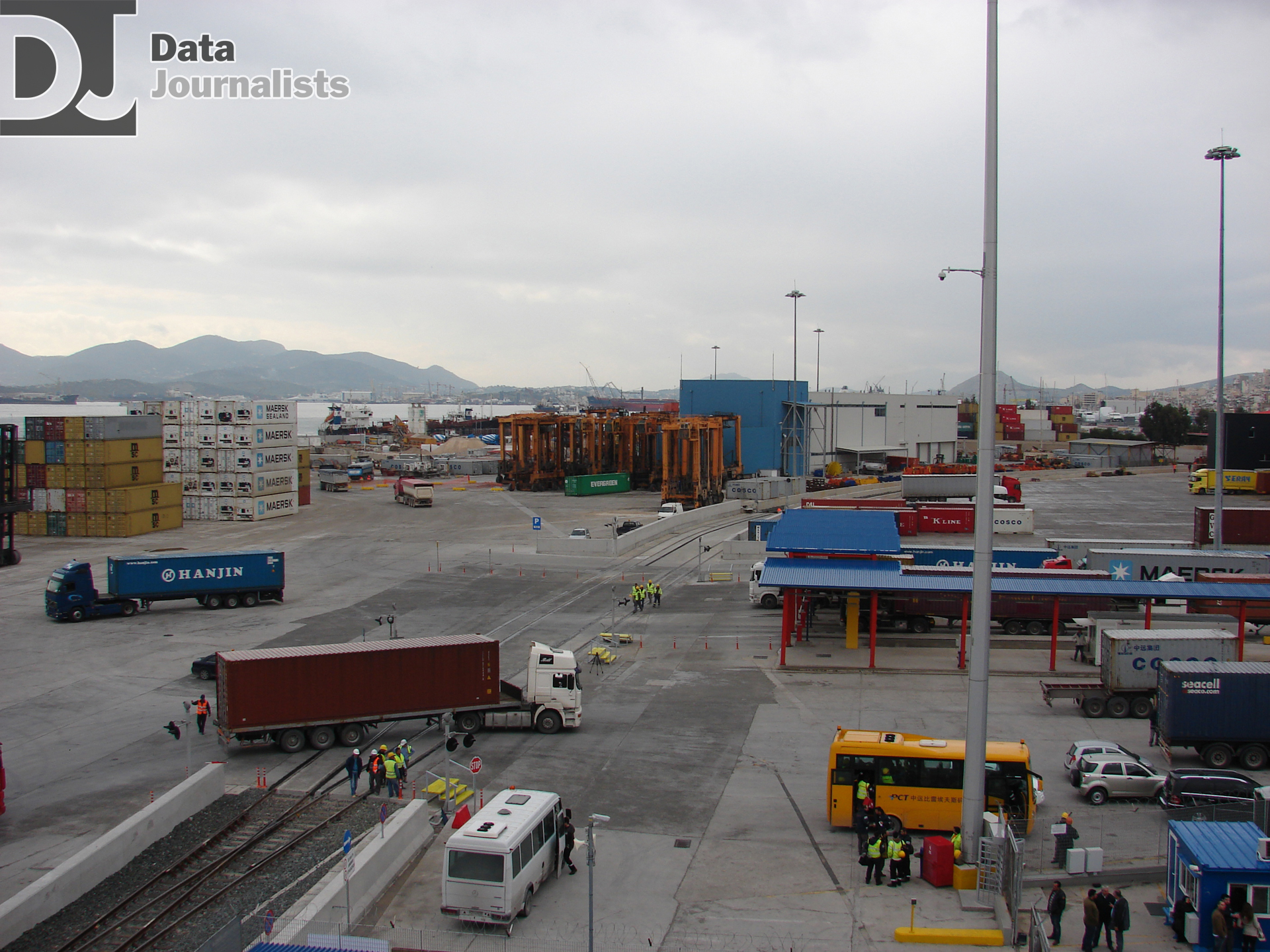
The official position of OLTH SA on the relevant question of the Data Journalists after the deadly railway accident in Tempi on February 28 is that: “The interruption of rail services affected all ports of the country. Essentially, in the past few weeks, Greek ports had been cut off from the rail network. Thus, a large part of the cargo that would be transported by rail either remained in the respective ports or was sent to the final destination by road or by sea to other ports.
Of course, at OLTH SA, as well as in the wider port system of the country, we recognized the need to restart rail transport under the best possible safety conditions. Already on March 20, a train journey was made to Idomeni and from there to Niš, Serbia, which is the dry port of OLTH. In any case, the normalization of commercial rail services is a crucial issue, both for the activities of Greek ports, as well as for the economy and society at large. We hope that this will be achieved as soon as possible, even if additional measures are needed to ensure maximum safety on the routes.
Internationally, rail is considered an efficient and environmentally friendly means of transport, enabling the realization of multimodal transport solutions, fostering cross-border trade, and promoting the interconnection of markets and societies.
Why the port of Alexandroupolis remained Greek
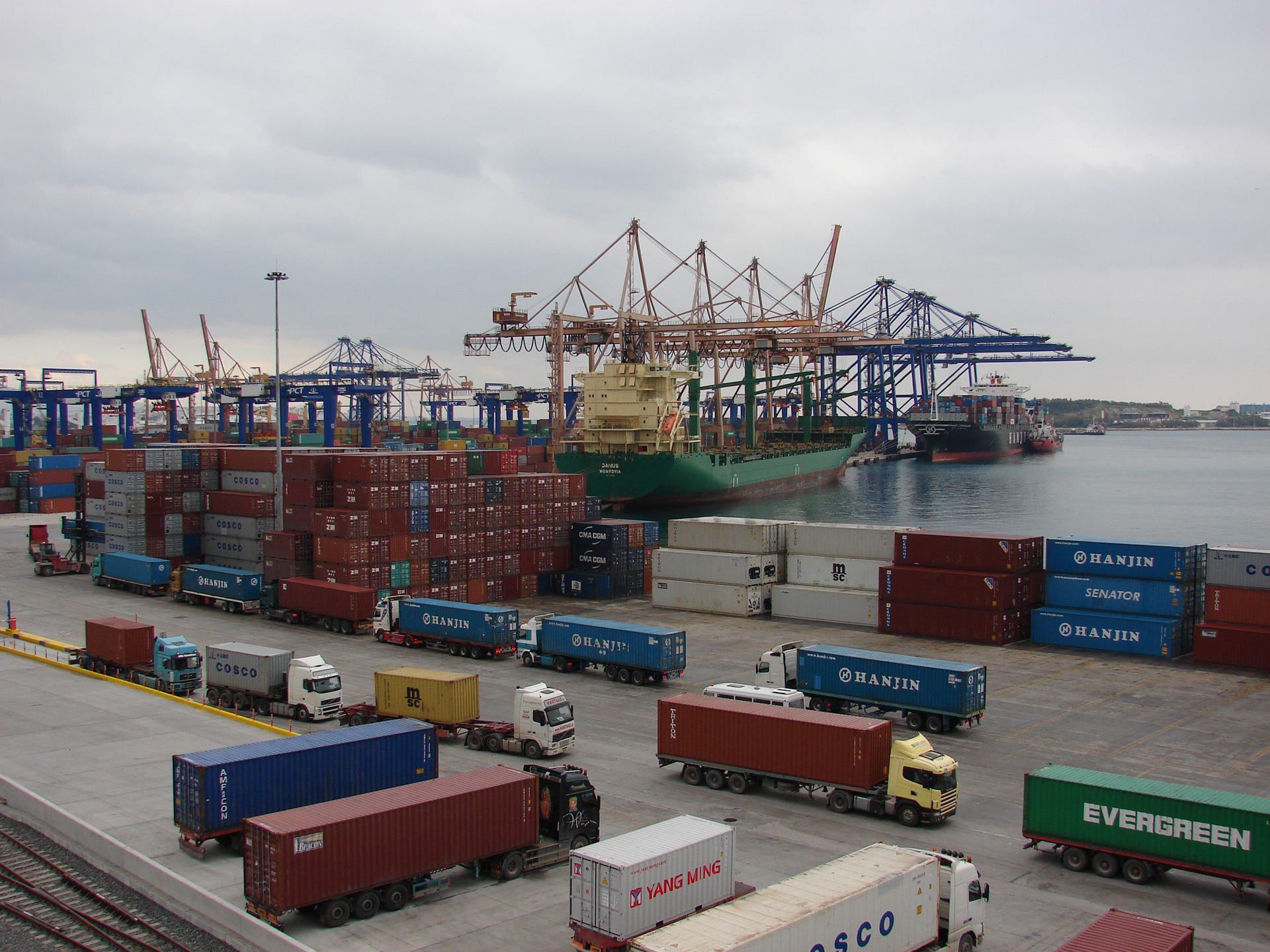
The port of Alexandroupolis would also be sold at a rate of 67% if it did not belong to the Trans-European Transport Network and was therefore operationally bound by the obligations arising from this treaty. So, being a key port at the geostrategic level, since this is where the Burgas-Alexandroupolis gas pipeline ends up, the port was not privatized in the end, because, moreover, the Americans did not want to undertake all the other obligations that would result from such an agreement, since all they needed was the use of a part of it only to serve their military needs.
The port of Alexandroupolis has four strategic advantages:
- The existence of NATO and the US military in it gives goodwill – and possible security – due to the continuous transport of military material.
- Natural gas through the Burgas-Alexandroupolis pipeline combined with its pumping and management platform to be built there makes it an important energy hub.
- It has a railway infrastructure within it, so it can be connected to Constanțza on the Black Sea in Romania and Ruse in Bulgaria, on the right side of the Danube on the Bulgarian-Romanian border.
- It bypasses the Bosphorus straits.
Proposals for the “next day” of the railway
Double staff, in order for the railway routes to be operated safely, with the current understaffing data, means one to two commercial routes per day.
An intermediate proposal would be to reintroduce old and highly experienced railways that exist and are many, with fixed-term contracts until the tele-administration systems are operational.
Greece as a Global Commodity Portal
A very large study titled: “Informing Greece Logistics Gateway Strategy”, with the participation of the World Bank was completed a few weeks ago and with the final recipient the Greek Government, examined the prospects of attracting international cargo to Greece.
The aim of this study was to record the current situation in the logistics sector in Greece (ports, train, infrastructure, warehouses, and everything else that concerns the attraction and handling of international cargo) and to provide proposals at multiple levels (e.g. proposals for upgrading services, infrastructure, the legislative framework, etc.) so that Greece can become a real gateway for goods from Asia.
Narrative of course that already before the accident in Tempi seemed flimsy. Since, with the foregoing data and the shortcomings in telecommand and light-signaling systems, in order to be able to attract international cargo, it is necessary to have many trains running on the national rail network every day and not less than five a day and even at night – in order to have stopped passenger services – so that the line can pick them up. Two from the port of Piraeus and one from Thessaloniki. With three freight trains a day, it’s hard to be taken seriously as a Global Logistic Hub.
In order to be considered an important part of the overall European network, a European Trans-European Rail Network must have at least 25 to 30 commercial services per day. Greece operates about 3 to 5 commercial routes Athens – Thessaloniki – Idomeni – Ormenio.
The reason that Greece is nonetheless within this European rail network map is that it is the necessary SE end of it.
This is because the incomplete infrastructure in control systems does not allow the circulation of many trains on the rise which move simultaneously on the line with relatively short distances between them and control them from the traffic lights, thus increasing the capacity of the railway network.
When, therefore, these possibilities do not exist, everything else is proclamations that make the technocrats of the industry – Greeks and foreigners – smile at their hearing.
All this leads many market representatives to the common assumption that everything in Greece is materialized at some point, but at a desperately slow pace, unable to follow international developments in real-time. As they say: “We go one step at a time and then we go back two”. But in a globalized economy – particularly when it comes to trade – it is a prerequisite.
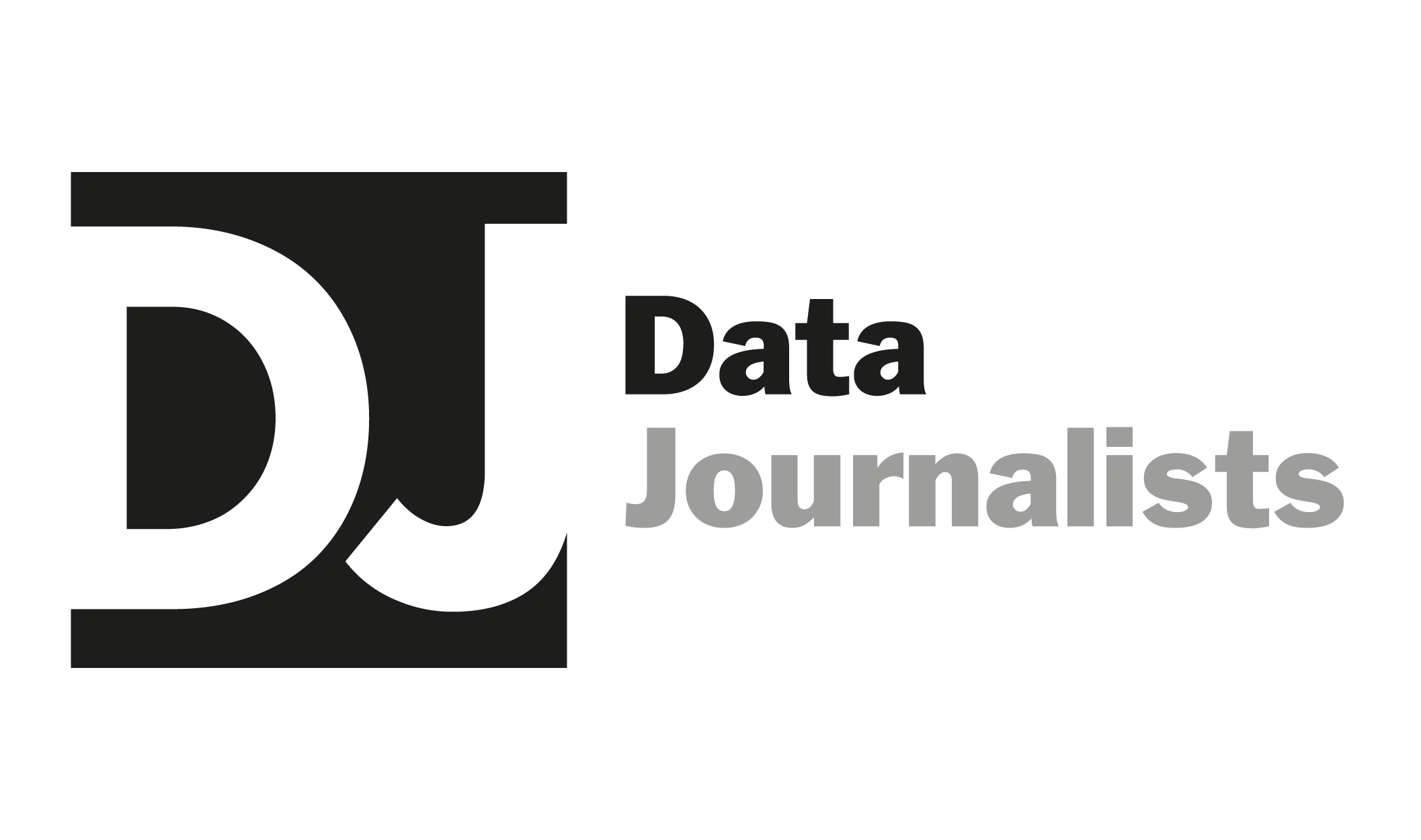


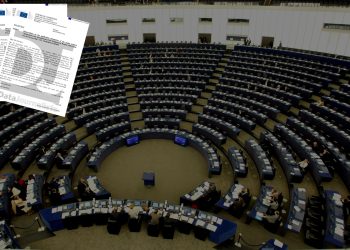




Discussion about this post